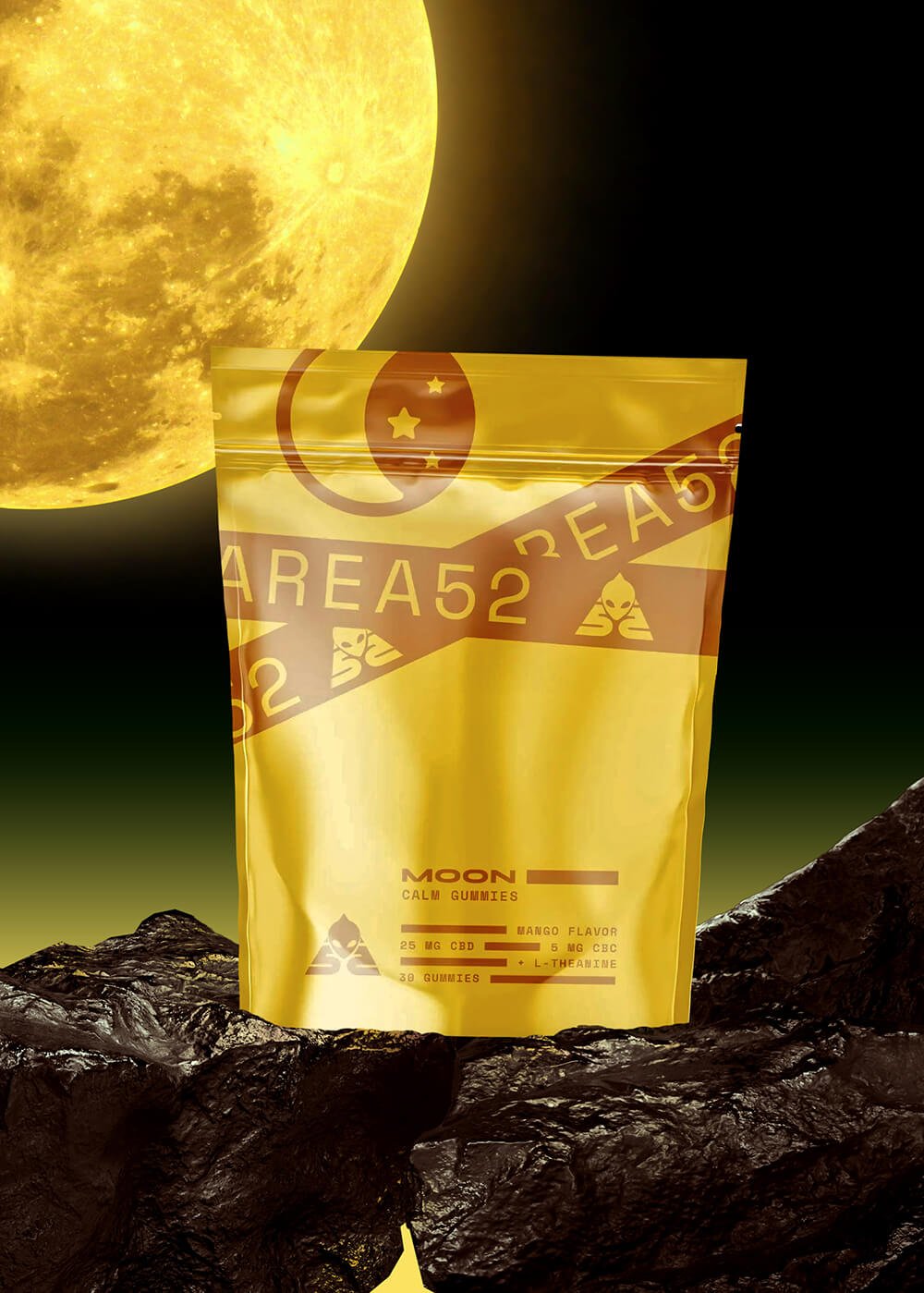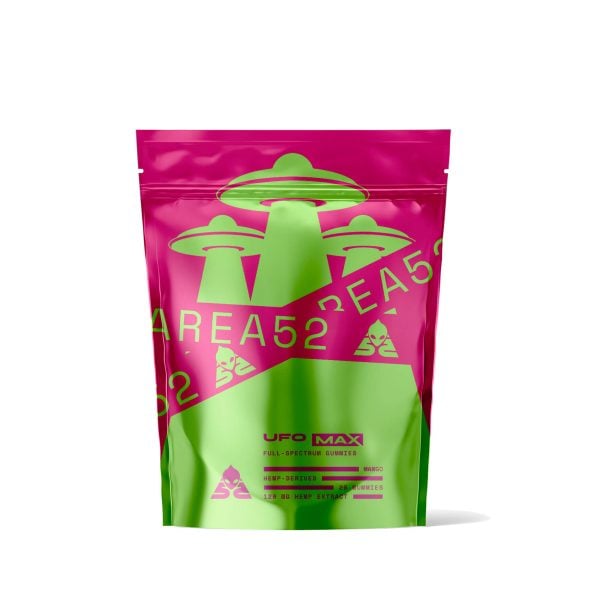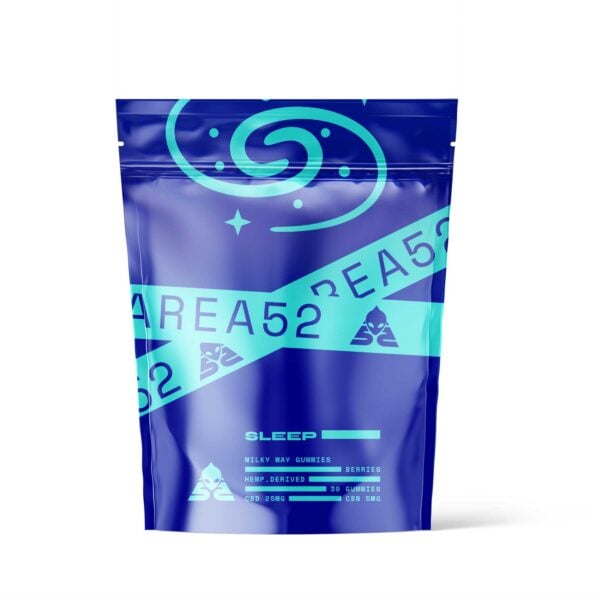What Are Cannabis Terpenes and How Do They Work?

Ever wonder what gives your favorite cannabis its zest? Terpenes.
Terpenes are hydrocarbon organic compounds that give fragrance and flavor profiles to plants.
When combined, their effects can be even more substantial — this is due to a concept called the entourage effect.
Terpenes have unique aromas and each has different therapeutic properties.
Discover what we know about the most common terpenes found in cannabis. Learn what terpenes can be used for and why they’re considered good for the body and soul.
What Are Cannabis Terpenes?
Terpenes are natural aromatic compounds found in plants (and some animals) that give off odors. They’re the basic constituents of essential oils and have been used for thousands of years for therapeutic purposes and in folk medicines.
They make up a plant’s unique fragrance profile which can be helpful for the plant to attract pollinators and serve many other purposes for plants in nature.
Aside from acting as a bouquet of scents (and flavors), terpenes serve a few different purposes.
Terpenes support plants by:
- Attracting pollinators
- Protecting the plant from being eaten by pests
- Inhibiting bacteria and fungus growth
- Shielding the plant from harsh radiation from the sun
Terpenes are hydrocarbons with small isoprene units linked to one another, forming chains. They differ based on their molecular size and structure.
Types of terpene molecules in size order include:
- Monoterpene
- Diterpenes
- Sesquiterpenes
- Triterpenes
- Tetraterpenes
Cannabis terpenes, as the name suggests, are derived only from cannabis. While there’s no difference between these terpenes and other botanically-derived terpenes, you might hear the term often.
There are a variety of terpenes found in the cannabis plant — marijuana or hemp —about 150 total. They’re produced by the same gland of the cannabis plant that produces THC, CBD, and other cannabinoids.
Growers can produce specialized cannabis strains through selective breeding. They identify the different terpene combinations and cultivate specific types based on fragrance or flavor.
Terpenes — and breeders — are to thank for your favorite scent profile like lemon or blueberry.
Common Cannabis Terpenes A-Z
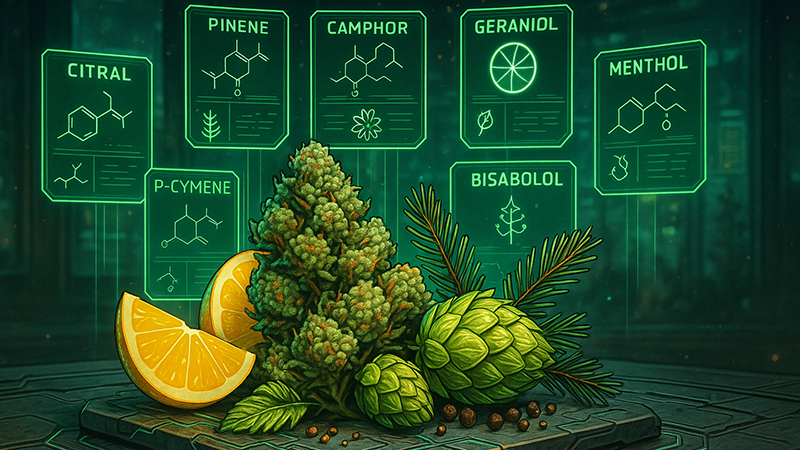
The varying combinations of terpenes lend different strains their unique flavors and aromas. For example, certain cannabis strains like Amnesia Haze have more energizing and uplifting terpenes, while others like Bubba Kush have more relaxing terpenes.
There are at least seventeen primary terpenes found in most strains of cannabis. You can check out our list of cannabinoids and terpenes to learn more about them and every term related to them.
Four of the most abundant terpenes in the cannabis plant include:
- Linalool
- Myrcene
- Caryophyllene
- Alpha-Bisabolol
Take a look at this review of the different terpenes and what makes them unique:
1. Alpha-Bisabolol (α-bisabolol)
This terpene is found in chamomile and sage and has a floral scent that has hints of apple and honey. It has some soothing properties and is a common ingredient in lotions.
Energy: Calming
Aroma: Floral
2. Borneol
Borneol is in ginger, thyme, and rosemary. Its complex aroma has calming qualities for people but acts as an insect repellant. In high doses, it may cause nausea and headaches.
Energy: Refreshing
Aroma: Woody
3. Camphene
Camphene is a monoterpene found in many fruits, vegetables, herbs, and essential oils like bergamot and cypress and in Cannabis indica strains.
Energy: Grounding
Aroma: Earthy
4. Caryophyllene
Caryophyllene is unique because it binds to the CB2 receptors, just like many cannabinoids. This terpene also has pain-relieving properties and may help with chronic pain.
Caryophyllene is in various spices, like cinnamon, oregano, and black pepper, and has a familiar spiciness.
Energy: Relaxing
Aroma: Peppery
5. Carene
This terpene is a bicyclic monoterpene found in lemon, rosemary, and cedar.
Carene’s flavor profile is reminiscent of other balmy spices, like basil and allspice.
Energy: Centering
Aroma: Citrus Pine
6. Eucalyptol
This is a monoterpene prevalent in the Eucalyptus plant. Its minty scent and flavor make it a common addition to mouthwashes.
Energy: Cooling and refreshing
Aroma: Minty
7. Geraniol
This monoterpene is often an ingredient in sweets and skincare products because of its flowery-fruity scent profile.
Its flowery makeup may be one reason it’s a common aroma identified at beehives, helping bees locate the hive’s entrance.
Energy: Healing
Aroma: Fruity and floral
8. Humulene
Humulene is a sesquiterpene and is prevalent in hops. It’s what gives beer its flavor. It’s also found in sage, ginseng, and other spices with strong, peppery essences.
Energy: Euphoric
Aroma: Peppery
9. Limonene
Limonene can help you feel less overwhelmed. Its uplifting fragrance helps improve outlook and renews the spirit. It also has pain relief properties.
This terpene is found in many foods and drinks and acts as a flavoring in commercial products like chewing gum.
Energy: Energizing
Aroma: Citrus
10. Linalool
Linalool is a flowery terpene that gives lavender its calming aroma. Besides lavender, it’s also in mint, laurel, cinnamon, and rosewood and is considered one of the stronger contributors to the scent of cannabis.
Energy: Soothing
Aroma: Floral, fruity, spicy
11. Myrcene
This monoterpene is primarily associated with having a calming action.
The myrcene essence makes up over half of the terpene content of the cannabis plant in many strains and is also in hops, lemongrass, and mango.
Energy: Soothing
Aroma: Earthy and peppery
12. Ocimene
This uplifting hydrocarbon monoterpene exists in different fruits and vegetables like hops, basil, mangoes, and pepper. Its fruity and woody scent makes it an ideal fragrance addition to household products like soaps or incense.
Energy: Invigorating
Aroma: Woody
13. Pinene (Alpha & Beta)
These are hydrocarbon terpenes, with the main difference between them being their fragrance profiles. A-pinene is typically earthy and fresh in aroma. B-pinene tends to be more spicy and woody. Both are common in pine needles and can be invigorating and refreshing.
Energy: Refreshed
Aroma: Pine
14. Terpineol
There are four unique isomer structures of terpineol. This terpene is in sage, marjoram, and oregano and is known for its sweet, floral scent that makes a great addition to soaps, perfumes, and cosmetics.
Terpineol has relaxing and anti-anxiety properties that may make it especially useful after a long day.
Energy: Soothing
Aroma: Floral
15. Terpinolene
Terpinolene is best known for its calming, soothing properties. You’ll find this ingredient in a lot of traditional herbs.
Its woody smell has a hint of citrus fruits and floral notes, combined into an overall musty-earthy scent.
Energy: Relaxing
Aroma: Earthy
16. Nerolidol
Nerolidol is a sesquiterpene. It is found in tons of different essential oils and lots of flowers, like jasmine. Nerolidol’s scent is lightly floral and citrusy and appears to have an overall calming action.
Energy: Soothing
Aroma: Floral and citrus
17. Valencene
Valencene is a sesquiterpene with a sweet, woodsy, and fruity aroma and is known for its presence in Valencia oranges, where its name is derived.
Plants high in this terpene include grapefruits and tangerines.
Its pleasant and refreshing fruity-citrus-inspired smell makes it ideal for cleaning products, soaps, and other household items.
Energy: Invigorating
Aroma: Citrus
Benefits of Cannabis Terpenes
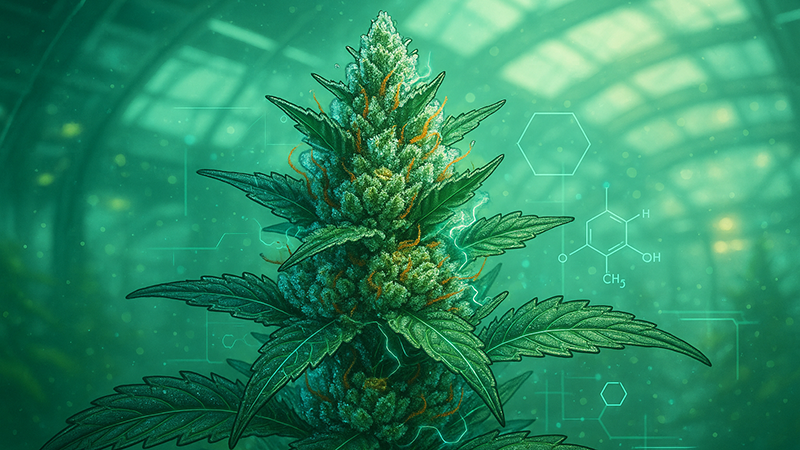
Terpenes contribute to the differences in aroma and flavor between each strain of cannabis, like Indica, Sativa, or hybrids.
They add to the cannabis experience by working with cannabinoids through the entourage effect. They have an impact alone, but together these chemical compounds are more effective.
There are a few different types of terpene properties, and some terpenes have multiple properties. More research is needed before we can know for sure exactly how terpenes benefit us.
How to Use Cannabis Terpenes Safely
There’s such a thing as using too many terpenes.
In their pure form, terpenes can be caustic and irritating to the body. They must be diluted prior to using them. In order to be safe, terpenes should only make up around 5% (or less) of the total volume of the final product.
The Importance of Third-Party Testing
Lab tests are a great way to ensure the safety and quality of cannabis products and identify any terpenes in the batch.
Reputable and trustworthy online vendors in the cannabis industry send samples of their mixtures to independent laboratories for unbiased, scientific testing and then share the results for customer review or regulatory purposes. These test results typically include the quantities of terpenes and cannabinoids found in a batch of distillate or the final products.
Usually, third-party lab testing shows the cannabinoids and terpenes found in the hemp and cannabis extract. Using this information, you can determine what type of effect to expect.
Final Thoughts: What Are Cannabis Terpenes?
Terpenes may be small in size, but these naturally occurring compounds found in cannabis and other plants are potent in effect.
There are 100s of different types of terpenes in the various strains of cannabis alongside cannabinoids such as delta 8 Sativa, Indica, or Hybrid strains.
Each terpene has a unique, organic scent profile and effects.
The above list reviews the most common terpenes found in cannabis strains and covers how each terpene, where they’re found, and a glimpse of what they can do.
More research is needed on each terpene and its effects, but with so many terpenes in existence, surely you’ll find the ones that suit your needs.
FAQs on Terpenes and Their Effects
Want to learn more about terpenes and how these plant extracts affect your cannabis experience? Then check out the short list below.
1. What is the Main Function of Terpenes?
The main function of these volatile compounds called terpenes is to protect the plant from pests through the scents and flavors they produce. Some terpenes also have anti-fungal properties that protect plants from diseases. Terpenes play a role in plant propagation as well, and some of the compounds present in the plant attract pollinators like birds, bees, or moths, among others.
Terpenes also benefit the human body and have many medicinal purposes. They have anti-inflammatory effects, antioxidant properties, pain relieving effects, as well as relaxing properties.
2. Are Cannabis Terpenes Bad for You?
Not necessarily. The terpenes found in cannabis are also found in the fruits, herbs, and vegetables we eat and have medicinal benefits. However, pure and concentrated forms of terpenes can irritate not only the skin but the gastrointestinal system as well.
3. Can Terpenes Get You Stoned?
Terpenes, by themselves, won’t get you stoned. They aren’t intoxicating like some cannabis compounds such as THC and its isomers. However, some terpenes have an effect on the brain and can affect mood, sleep, stress, and pain, among others.
4. What Do Terpenes Do for Your High?
Terpenes won’t get you high, but they can amplify the psychaoctive effects of cannabinoids. For example, high concentrations of pinene and limonene boost the mental high of sativa strains, while high levels of myrcene and caryophyllene make indica strains even more relaxing.
5. Why Do People Buy Terpenes?
Terpenes are major products in many industries, from the pharmaceutical and food industries to the cosmetics and biofuel industries. In the cannabis industry, they use terpenes to infuse products such as flowers, oils, and vapes.
References Used
- National Center for Biotechnology Information (2021). PubChem Compound Summary for CID 2758, Eucalyptol. Retrieved September 27, 2021. [1]
- Cox-Georgian, D., Ramadoss, N., Dona, C., & Basu, C. (2019). Therapeutic and Medicinal Uses of Terpenes. Medicinal Plants: From Farm to Pharmacy, 333–359. [2]
- Baron E. P. (2018). Medicinal Properties of Cannabinoids, Terpenes, and Flavonoids in Cannabis, and Benefits in Migraine, Headache, and Pain: An Update on Current Evidence and Cannabis Science. Headache, 58(7), 1139–1186. [3]


